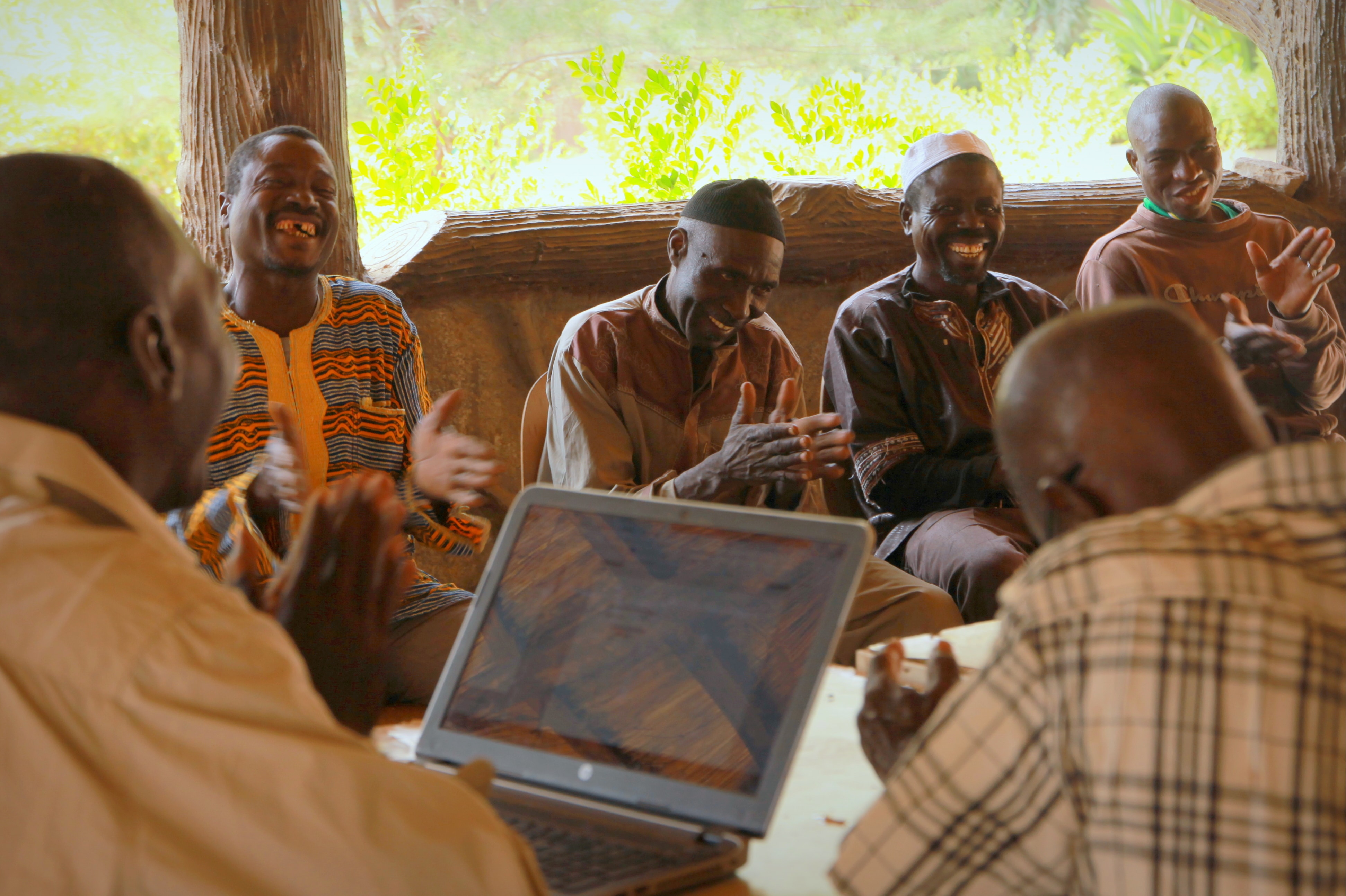- Creation-Management of Community based Protected Areas
- Bénéficiaire CELDIE : Cellule pour le Développement Intégré et l’Environnement
- Montant du projet € 49 551
- Subventions FFEM € 24 667
-
État du projet achevé
The Technical Operational Unit (UTO) of Bénoué National Park (PNB), made up of the park and its 8 areas of hunting interest (ZIC), is located in the North Cameroon region, in the departments of Bénoué and of Mayo Rey. The PNB (UNESCO Biosphere Reserve, 180,000 ha) and its peripheral zone cover a total area of 730,408 ha and are part of the private domain of the State. The 8 ZICs differ from each other according to the management mode which distinguishes the zones leased to the guides from the zones co-managed by the communities and the administration (ZIC 1 and 4). The village organizations still function in part but still need to be revitalized and their main activities are limited to sports hunting in ZICs 1 and 4 managed under the supervision of MINFOF. Within these 2 ZICs, there are 7 migration corridors essential for the passage of wildlife between the Faro National Park (330,000 ha) and the Bouba Ndjidda National Park (220,000 ha) which represent the only areas of passage.
The fauna is varied and one finds there in particular hartebeest, green monkeys, baboons, buffaloes, hippotragues, fassa cobes, hippos, giraffes or even elephants. Carnivores are represented by lions, panthers, servals, caracals, spotted hyenas, which are nevertheless increasingly rare. The Bénoué National Park and its periphery are subject to numerous pressures which cause severe degradation of natural resources and ecosystems. Among these, the main ones are food and commercial poaching, agricultural and pastoral pressure, deforestation and gold mining. The wildlife corridors are now occupied by communities who carry out agricultural activities there despite co-management agreements established in the past between the communities and the administration in charge of PA conservation. The invasion of the corridors is the direct consequence of the massive arrival of migrants in ZIC 1 and 4 in search of agricultural land to the west of the Park. At the end of 2015, the PPI supported, via the NGO Mayo Rey Conservation, a project for “securing and co-management of wildlife passage corridors on the western outskirts of UTO Bénoué”, the results of which were relatively good compared to the particularly unstable context (strong resistance from migrant populations to the park’s eco-guards).
During the present project, the NGO CELDIE wishes to carry out actions allowing a lasting reversal of the trend, in particular by consolidating the achievements in terms of the co-management of ZICs 1 and 4, by rehabilitating the ecological corridors set up within these ZICs, by defending degraded areas, by carrying out environmental education actions and by supporting eco-development activities recently started through the previous support of the PPI. The project aims to support an integrated and sustainable management of the periphery of the Bénoué National Park through three axes of intervention: support the improvement of territorial governance, support local development and strengthen local development and management tools. sustainable land and natural resources. The project will be carried out in partnership with the conservation department of Bénoué National Park as well as the main state and local government departments (Mayo-Rey prefecture, municipalities, etc.)
